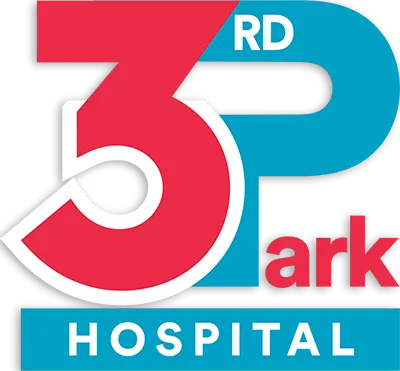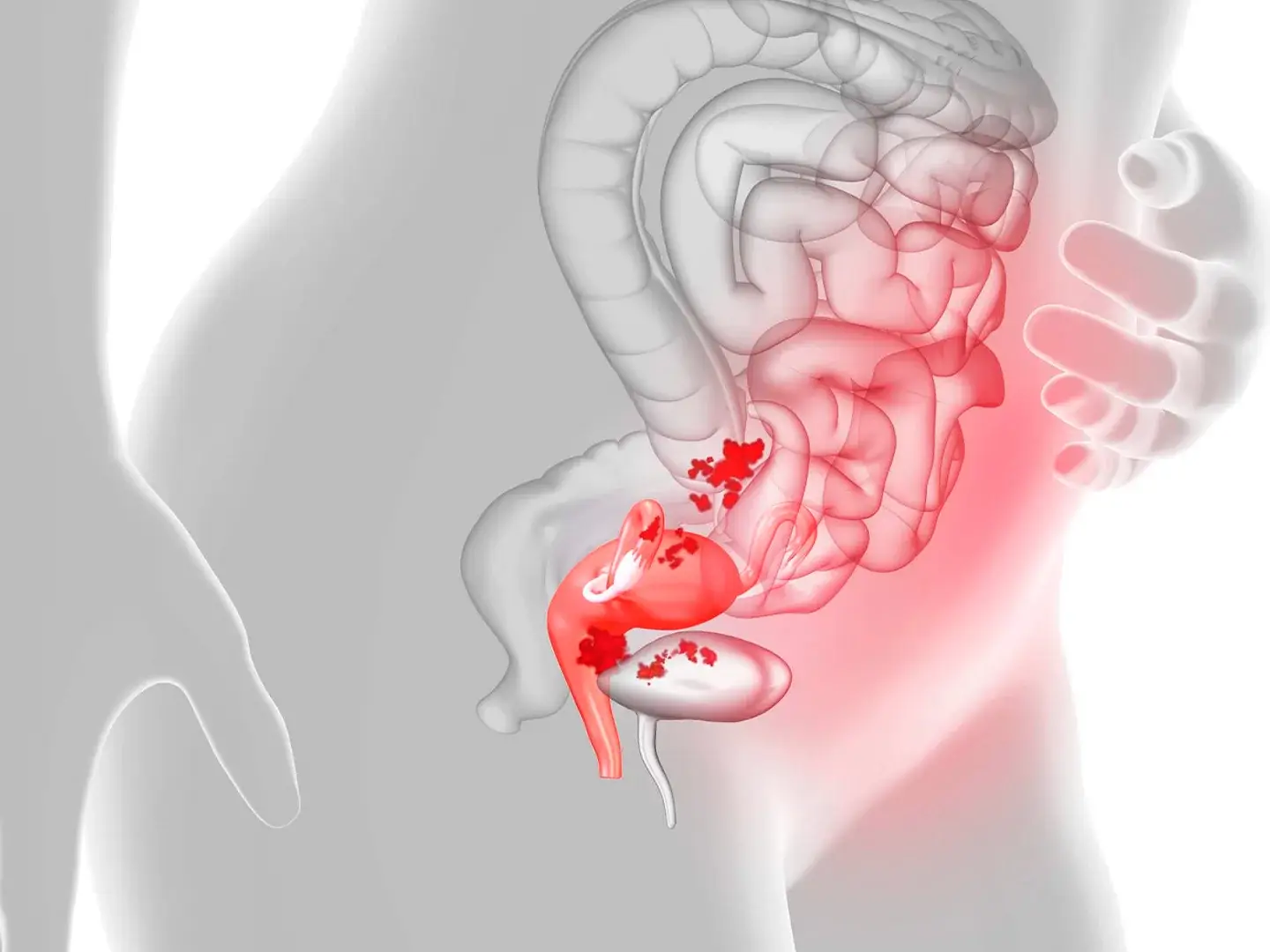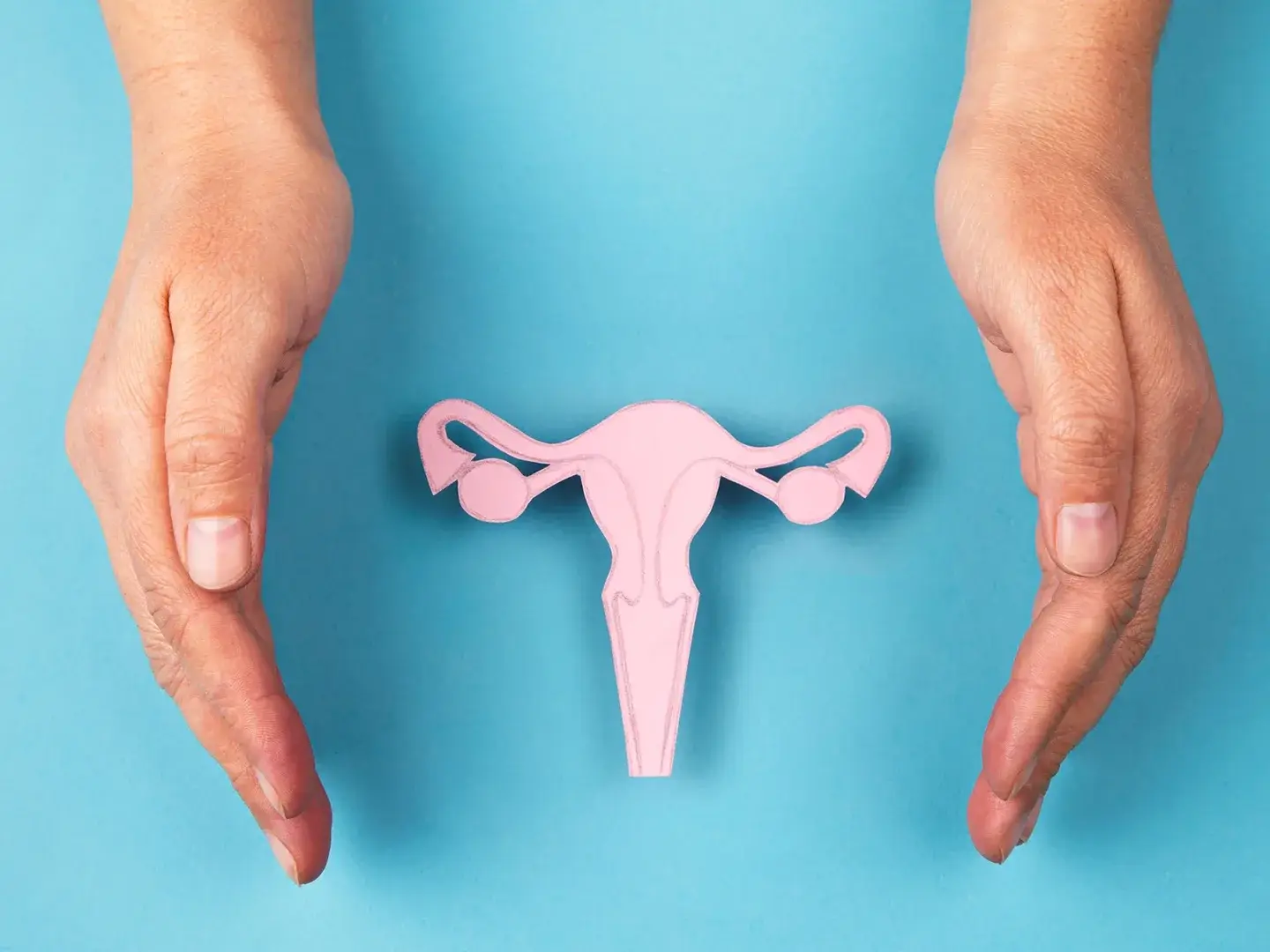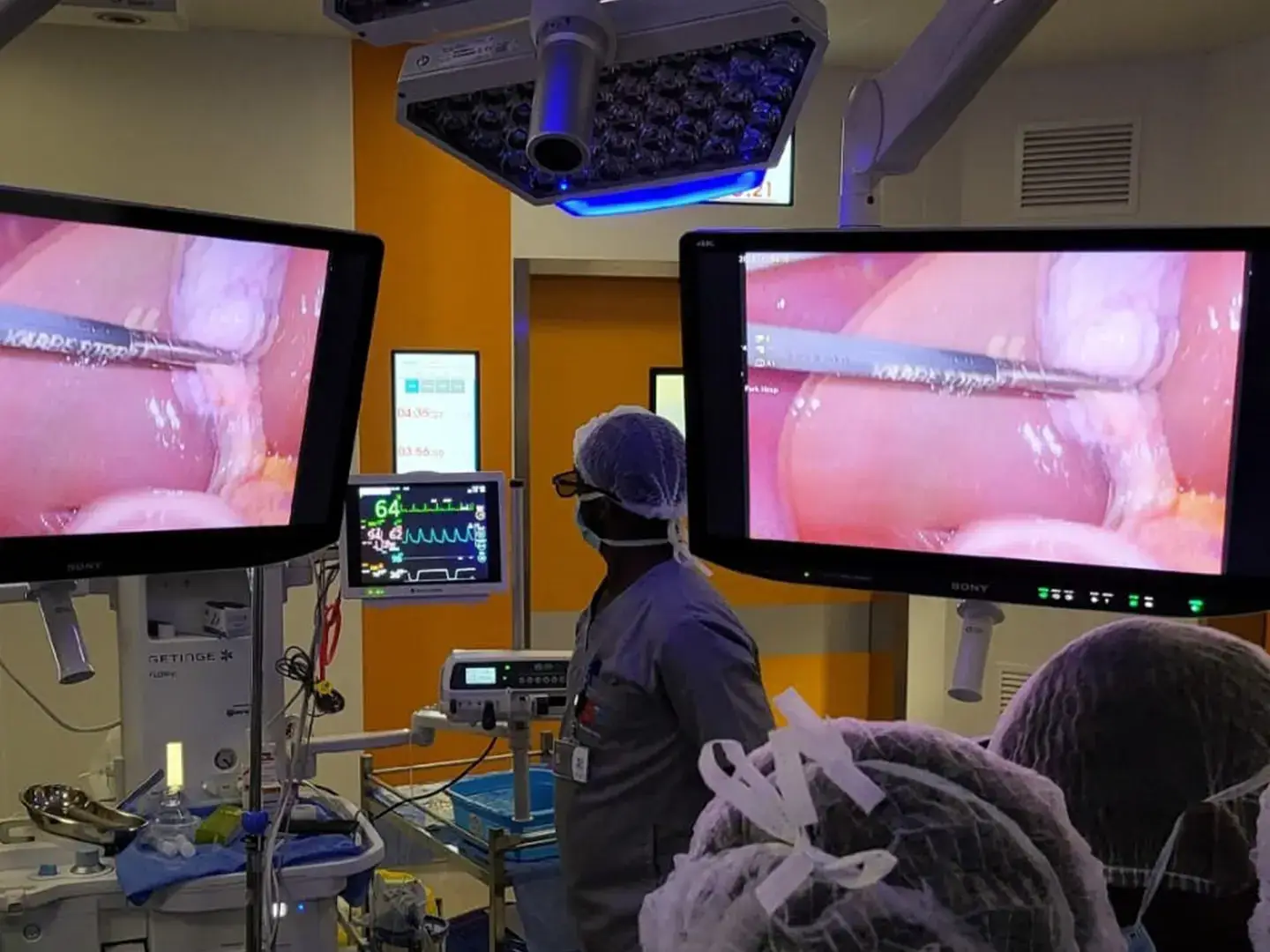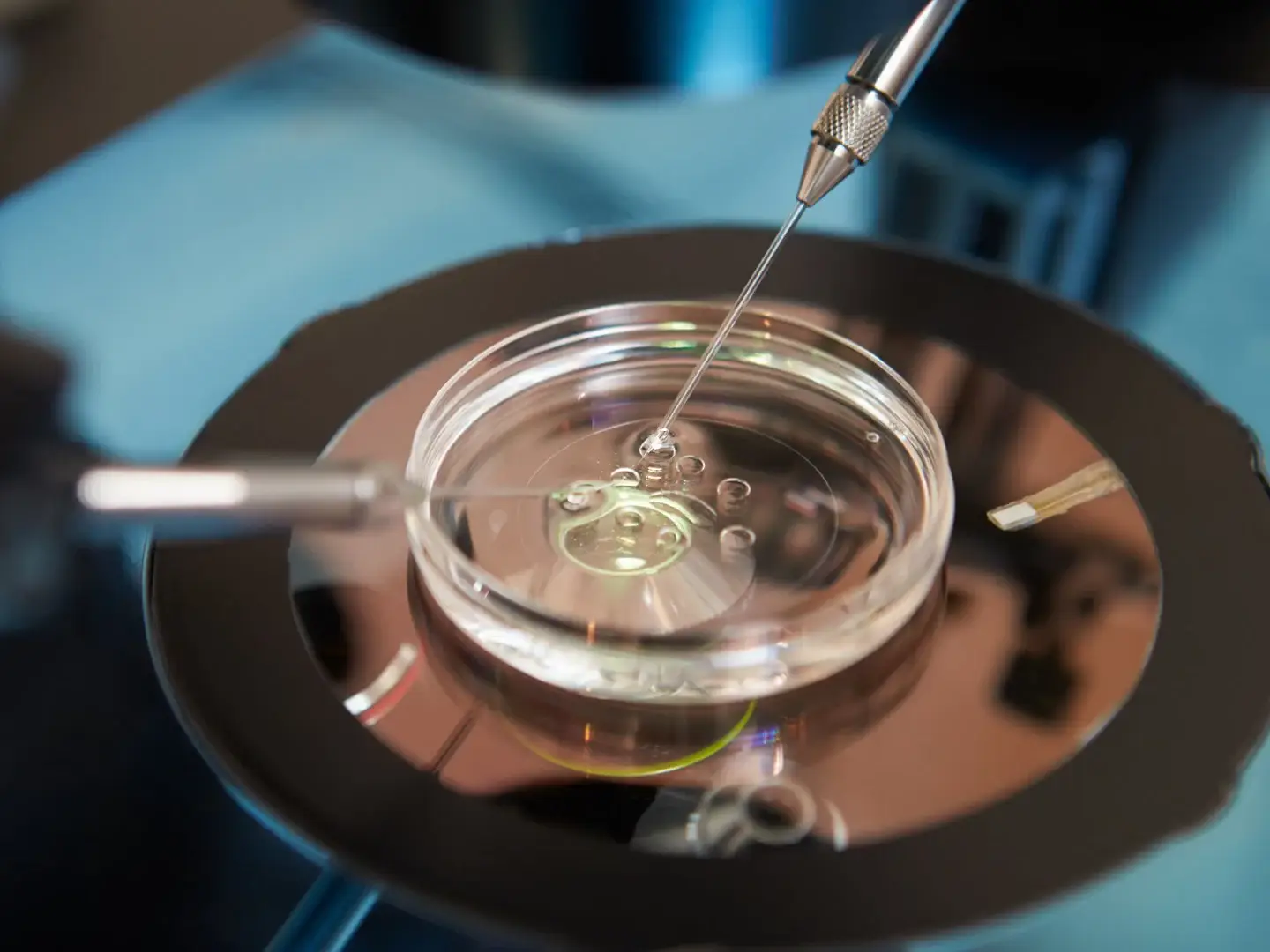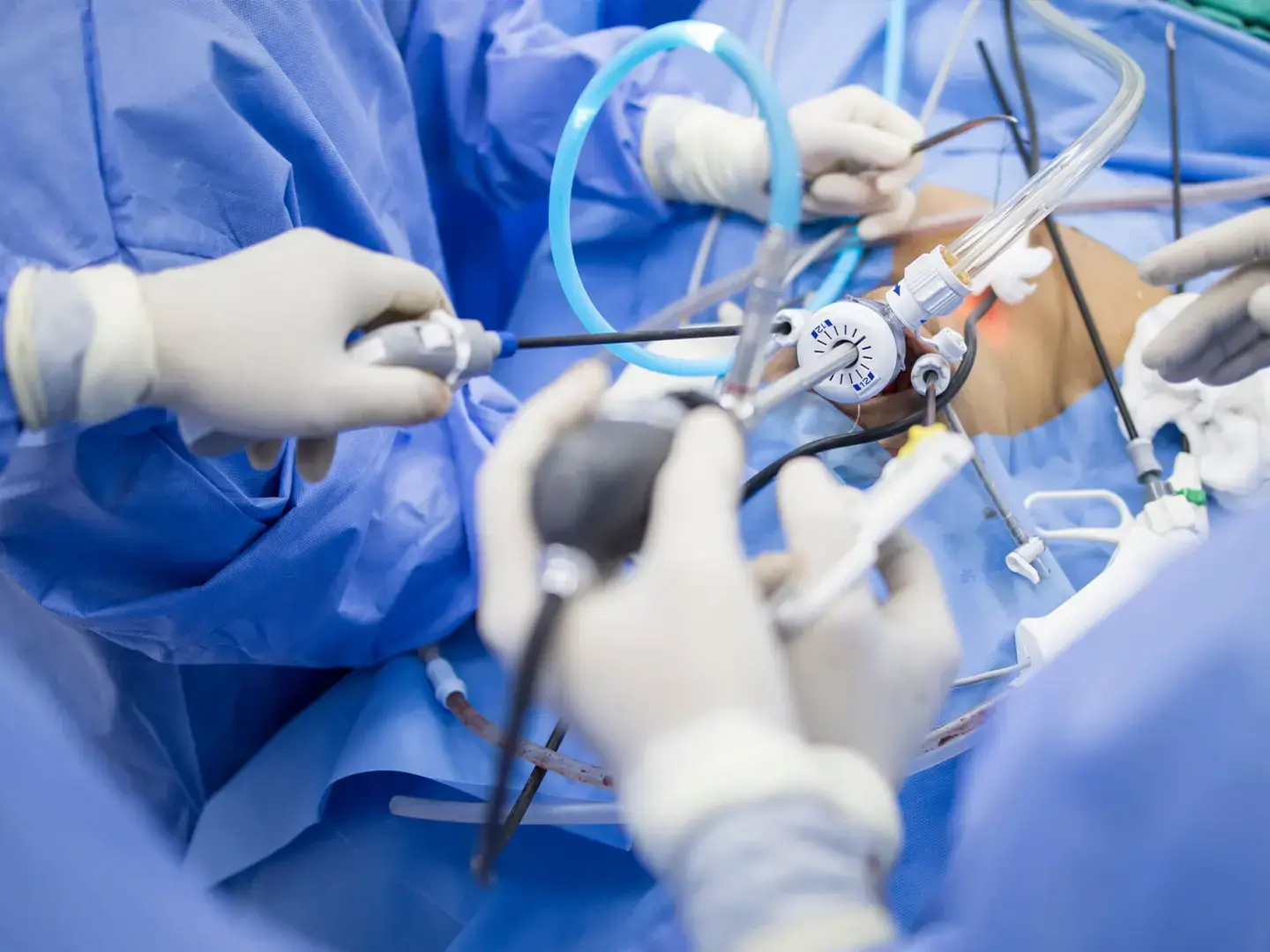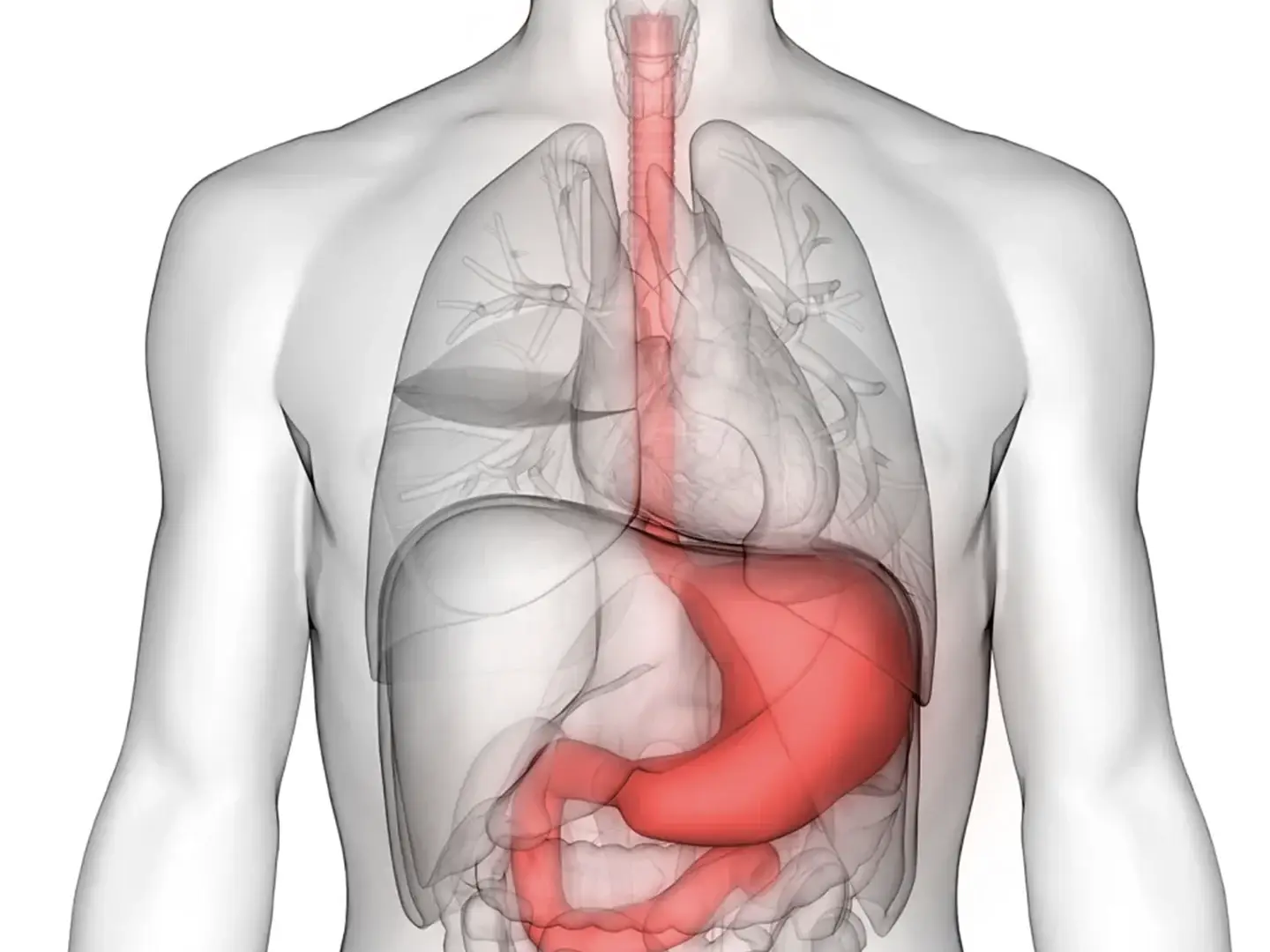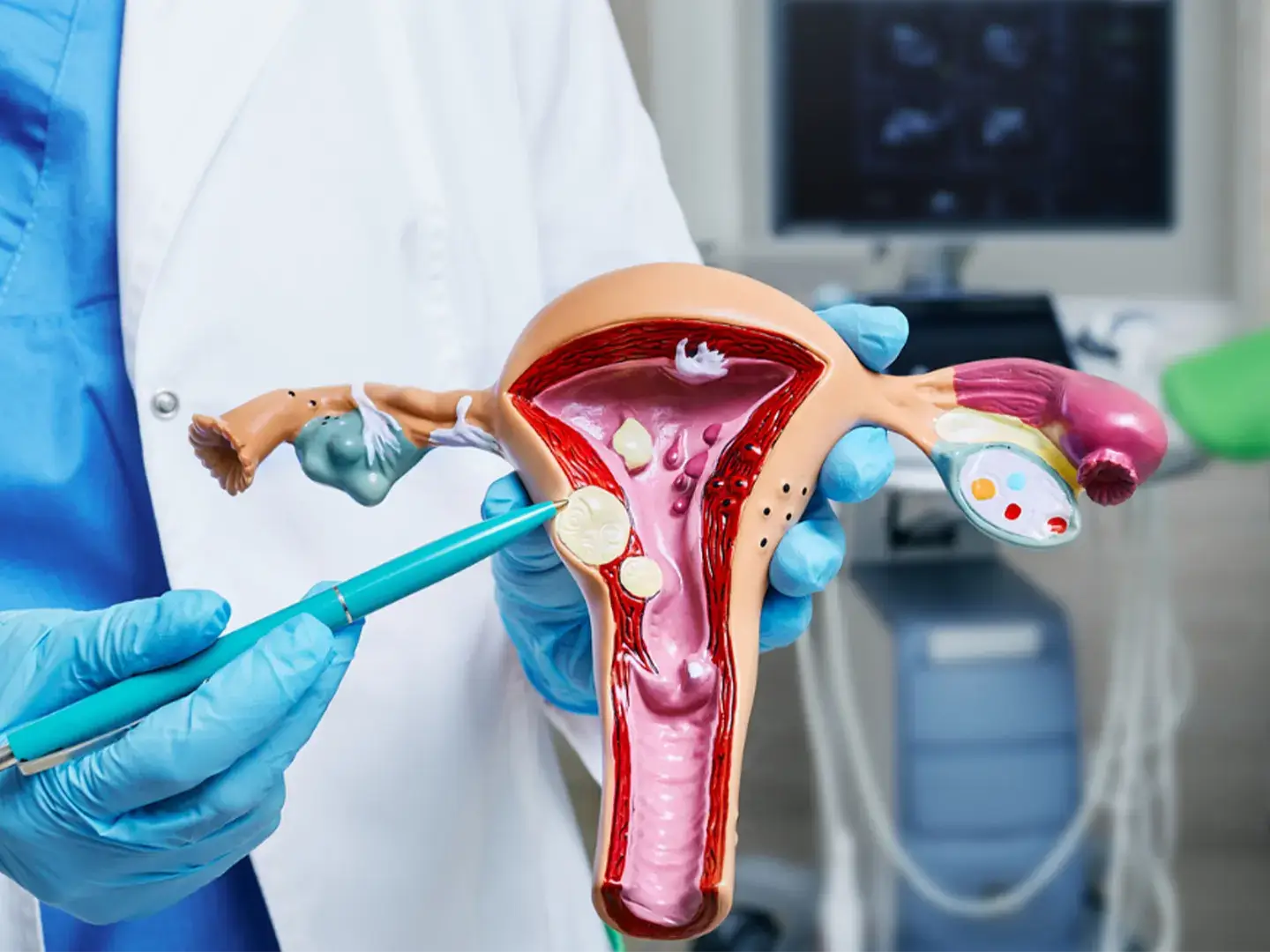Laparoscopy
Laparoscopy is a minimally invasive procedure, that looks inside your stomach or pelvis. Surgeon may use laparoscopies to diagnose medical conditions or perform a keyhole surgery. Surgery performed using a laparoscope is called laparoscopic surgery. It’s generally much safer than traditional surgery, since it’s less invasive.
What is a Laparoscopy?
Laparoscopy is a minimally invasive procedure your surgeon performs to look for medical conditions in your stomach or pelvic area. Laparoscope is a medical tool, which is a thin, telescopic rod with a video camera on the end. Surgeon would put the laparoscope through a small incision in your abdomen measuring half an inch or less, size of a keyhole. Surgeon may make upto three more cuts to insert other surgical instruments to see all the organs inside your abdomen.
The laparoscope camera projects an image of the inside of your abdomen or pelvis onto a monitor in real time. Using these images, surgeon can observe all hand motions during the procedure.
Your doctor might recommend a laparoscopy when other diagnostic tests cannot identify the cause of your medical condition. Laparoscopy can also be used to collect tissue samples (biopsies) for further testings.
What is Laparoscopy used for?
Laparoscopic is best suited for the following:
- Biopsies.
- Endometriosis surgery.
- Cyst, uterine fibroids, stone and polyp removals.
- Small tumor removals.
- Tubal ligation and/or reversal.
- Ectopic pregnancy removal.
- Urethral and vaginal reconstruction surgery.
- Appendectomy (appendix removal).
- Orchiopexy (testicle correction surgery).
- Rectopexy (rectal prolapse repair).
- Esophageal anti-reflux surgery (fundoplication).
- Hernia repair surgery.
- Gastric bypass surgery.
- Cholecystectomy (gallbladder removal) for gallstones.
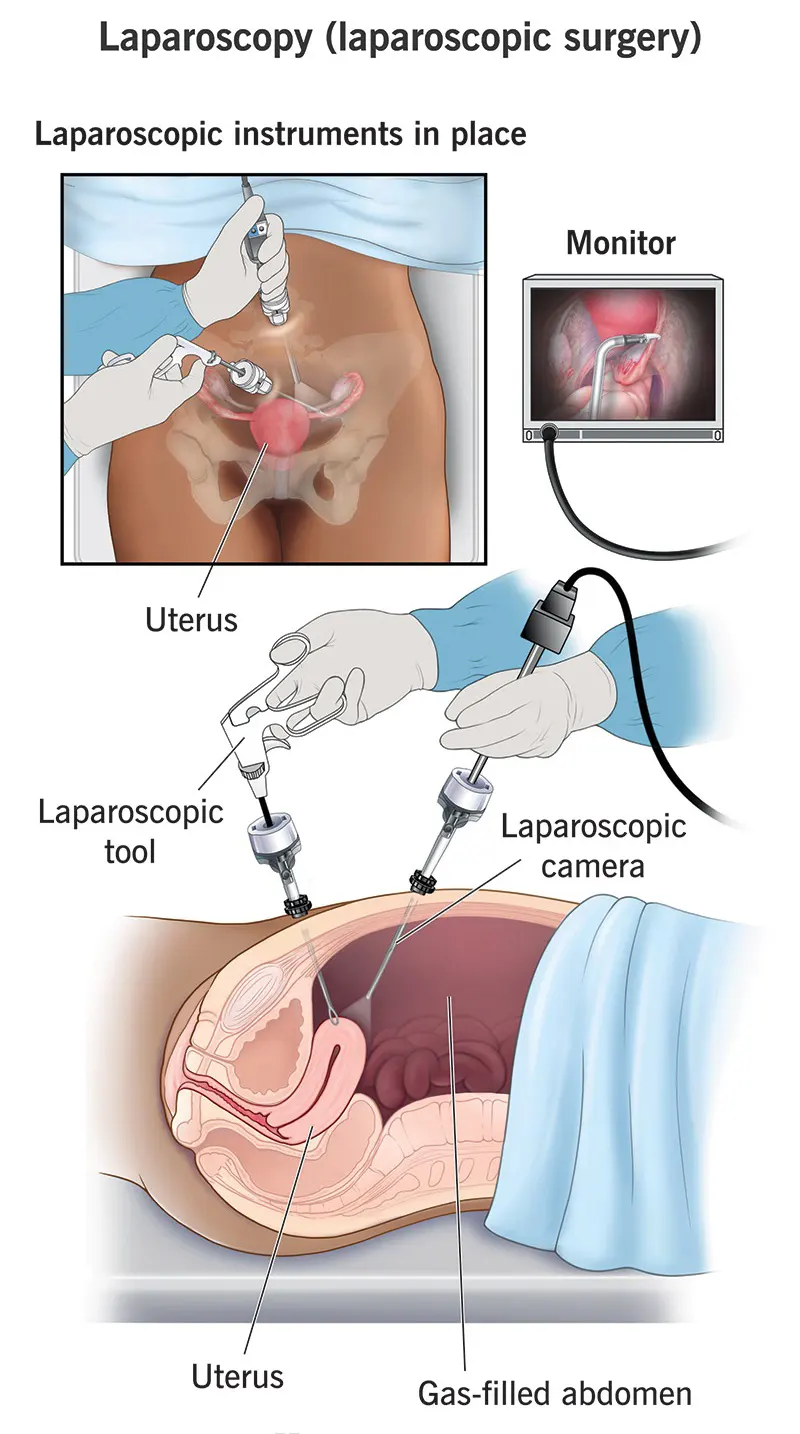
Difference between Laparoscopy and Laparoscopic Surgery
Laparoscopy is a minimally invasive procedure, during which your surgeon is looking to identify the issues related to your medical condition internally or extract specific tissue for further examination using laparascope.
Laparoscopic surgery, also known as Keyhole Surgery is similar to a laparoscopy. But instead of looking for medical problems, your surgeon uses a laparoscope and surgical instruments to operate on your internal organs.
Surgeons use laparoscopy for many common surgeries. More complicated conditions may require traditional or open surgery through a larger incision. But surgeons prefer laparoscopic surgery for everyday operations because it costs less and improves surgical outcomes and recovery times.
Advantages of Laparoscopic Surgery
The advantages of having laparoscopic surgery (keyhole surgery) include:
- Less trauma to the insides of your abdomen.
- Less blood loss and lower risk of hemorrhage.
- Much lesser risk of infection.
- Smaller scars.
- Less expensive for the patient, due to shorter hospital stay time.
- Faster recovery time and return to your usual daily activities.
- Less pain during healing, which also means less pain medication.
Risks or Complications of Laparoscopic Surgery
Laparoscopy is a very safe procedure. But doctors still consider it a major surgery. However, just like any surgery, there may be potential complications:
- Bleeding from the incision.
- Injury to nearby organs and/or blood vessels.
- Anesthesia related problems.
- Infection.
- Swelling in the abdomin.
- Potential blood clots entering your bloodstream.
Recovery after Laparoscopic Surgery
What to do when home?
After you get home from surgery, you should take it easy for at least a couple of days. Please follow these steps:
- No consumption of alcohol for at least 24 hours after your surgery.
- Keep your incisions clean and dry.
- Follow the instructions on how to bathe given to you by your surgeon.
- Do not worry if your urine is green. Your surgeon might have used a blue dye to check if your fallopian tubes are open.
- It may take a few days before you can poop as usual.
Returning back to normal activities
Usually, your could return to work around three days after surgery, this must be confirmed by your surgeon prior.
You could probably start exercising again about a week after laparoscopy. Depending on the type of surgery however. Please consult your surgeon prior.
When to call your Doctor
Contact your doctor right away if you have any of below symptoms or signs after the keyhole surgery:
- Chills or fever.
- Swelling or redness around the incisions.
- Abnormal discharge or bleeding.
- Problems urinating.
- Vomiting.
Specialized Medical Services in Kenya
Explore our services
Adenomyosis Treatment
Adenomyosis is a chronic painful condition, with growth of the inner layer of the uterus (aka…
Endometriosis Treatment Center
Endometriosis affects up to 10% of women between the ages of 15 and 44. Learn about Endometriosis…
Orthopaedic Surgeries and Joint Replacements
We offer a the whole spectrum of orthopaedic surgeries at our private hospital in Nairobi.
General Surgery
General Surgery includes a core knowledge of anatomy, physiology, metabolism, immunology,…
Infertility and IVF with PGS
We can help you make dreams of parenthood become a reality. Our state-of-the-art fertility facility…
Total Laparoscopic Hysterectomy
Total Laparoscopic Hysterectomy (TLH) in Kenya is a minimally invasive gynecological surgical…
Gastroenterology and Endoscopic Procedures
Our gastroenterology services cover a range of conditions affecting the digestive system. We offer…
Male Circumcision
Male Circumcision in Kenya is the surgical removal of the foreskin covering the tip of the penis.…
Uterine Fibroids
Uterine Fibroids (also called Leiomyomas or Myomas) are a common type of noncancerous (benign)…
